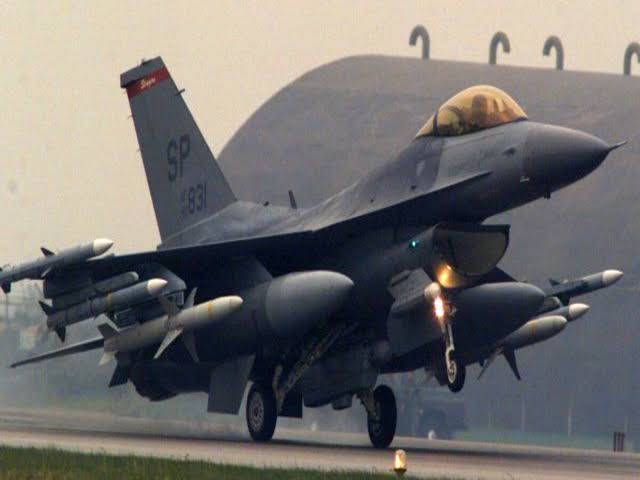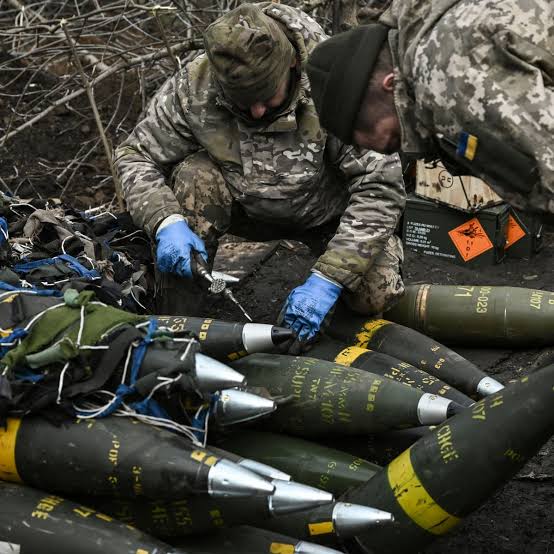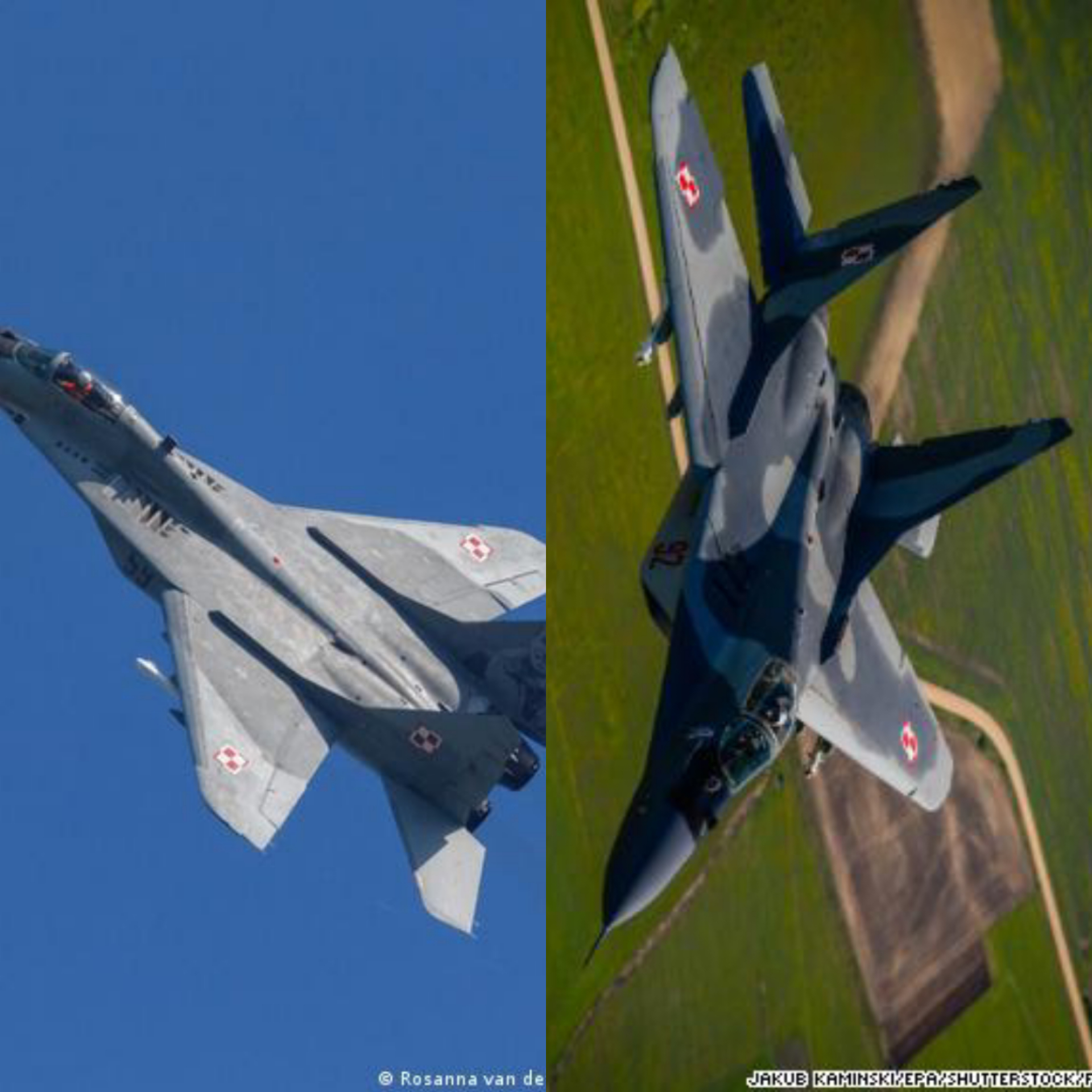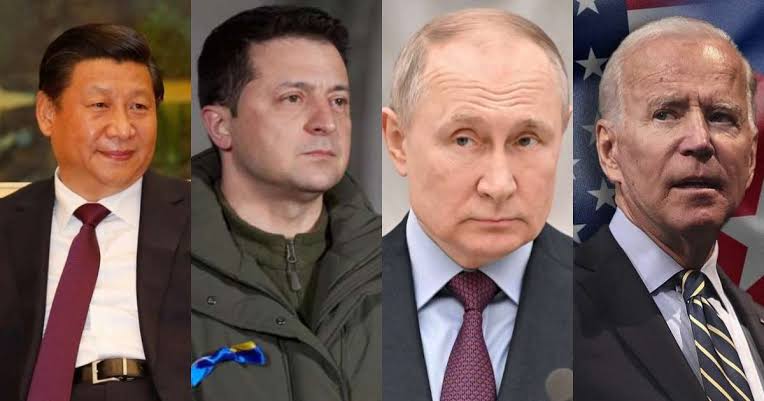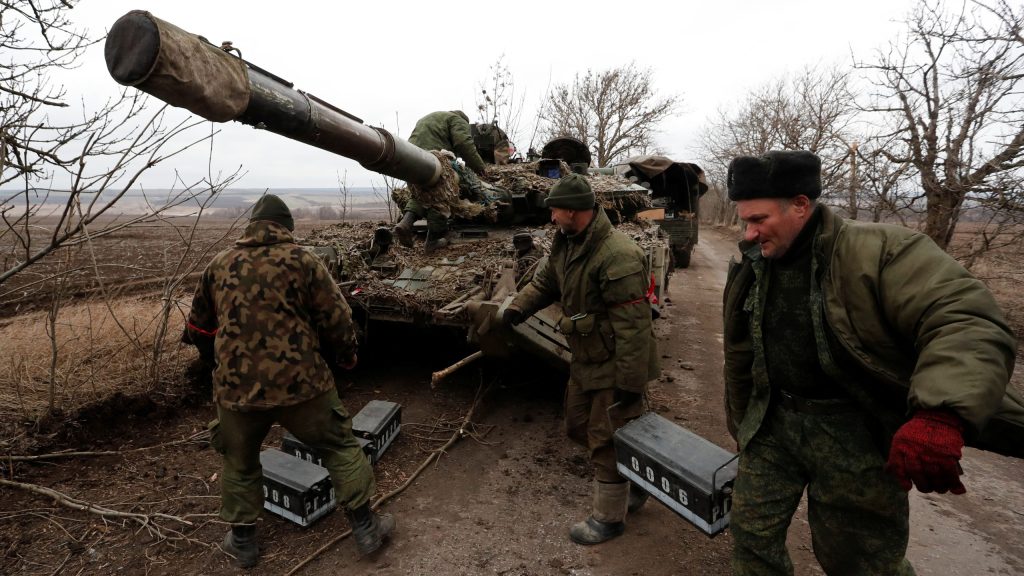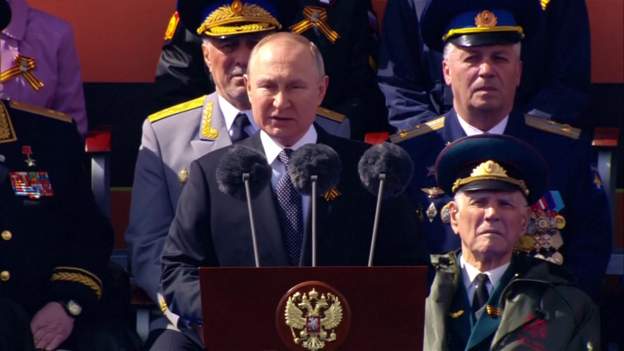News
Mass Kamikaze drones Attacks Changes Tides Of War In Ukraine
The Kamikaze Drones are very cheap drones which can be deployed in dozens and delivers a major blow
By 7:00am on Monday morning, the people in Kyiv were woken by the swarms of Kamikaze drones dropping bombs on them.
Drones have been widely used on both sides of the Ukraine conflict but these were the first Russian attacks that deployed swarms of the aircraft.
Videos and images began to circulate on social media of the drones flying directly over urban infrastructure such as power stations, residential buildings and railways as civilians and soldiers tried to shoot them down with guns.
About 28 were launched on Monday morning in Kyiv. At least four civilians were killed after one of the aircraft hit a residential building.
Tension was high as locals waited to see where the drones would go. There was the low buzz of the aircraft, gunfire and screams as each of the drones still flying found and dove for its target.
The aircraft are called kamikaze drones because they attack once and don’t come back. Ukrainian officials say the ones primarily being used in their airspace are the Iranian-made Shahed-136. About 2,400 were apparently purchased by Russia in August, and their first reported use in Ukraine was a month ago.
They are far from top-end technology. The smallest costs just $20,000 while a traditional drone typically is at least 10 times that figure.
They also carry 35 to 40kg (80 to 90 pounds) of explosives, significantly smaller than most drones. But their value is in their numbers. They appear in large swarms and fly low enough to evade radar-defence systems.
“They’re relatively small, and they’re single use,” said Katherine Lawlor, a research fellow at the Institute for the Study of War. “They fly into something and then explode.”
“It’s important to note that these are not the kinds of drones that you see in other conflicts, such as US Predators, which are far more expensive and sophisticated,” she said. “These drones are effectively missiles — they loiter in place looking for their target.”
Their low price means the drones can be deployed in large numbers and they hover before they strike, so they have a psychological effect on civilians as they watch and wait for them to strike.
